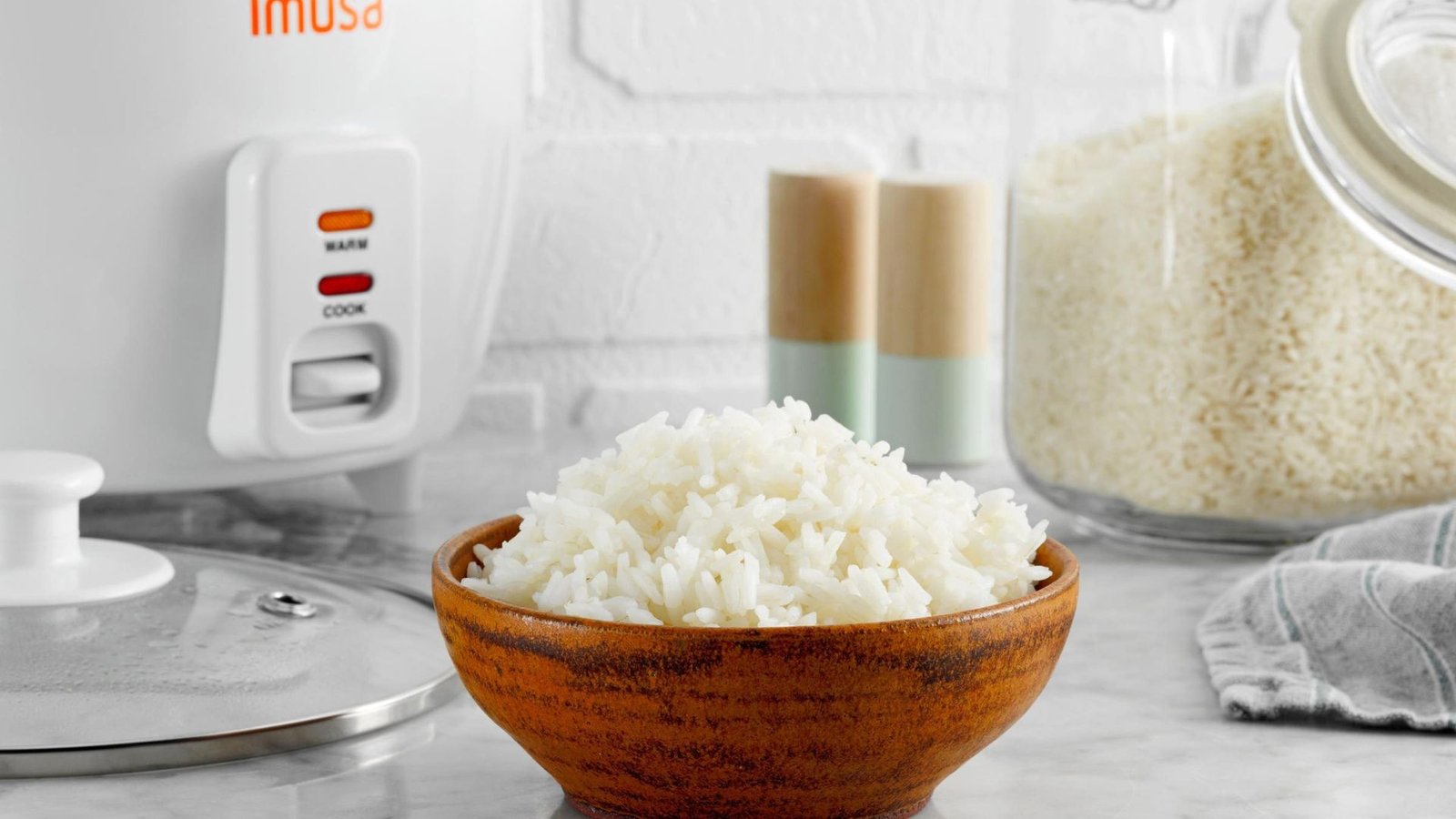Sustainable cooking is more than a trend—it’s a necessity. One of the simplest ways to promote sustainability in your kitchen is by using leftovers creatively. Reducing food waste not only helps the environment but also saves time and money. In this blog post, we’ll explore practical tips and recipes to turn last night’s scraps into today’s gourmet meal.
Discovering No Deposit Bonus Australia for Smart Entertainment
When it comes to finding enjoyable ways to unwind after a busy day in the kitchen, many people look for low-risk entertainment options. The no deposit bonus australia offers a fantastic way to experience online casinos without needing to invest any money upfront. This kind of bonus is perfect for those who want to try their luck or simply enjoy a fun distraction without financial commitment. Just like experimenting with new recipes, trying out new games with no deposit bonuses can be an exciting way to explore something different and enjoyable.
Why Sustainable Cooking Matters
Food waste is a global issue, with millions of tons discarded annually. Leftovers often end up in the trash when they could be transformed into new, exciting dishes. By using leftovers wisely, you contribute to:
- Reducing landfill waste
- Conserving resources used in food production
- Cutting down on household expenses
Tips for Using Leftovers Creatively
1. Store Smartly
Proper storage can extend the life of your leftovers. Use airtight containers, label them with dates, and refrigerate or freeze promptly.
2. Think Outside the Box
Don’t limit yourself to reheating leftovers as-is. Explore ways to reinvent them into something entirely different.
3. Get Creative with Seasoning
Spices, herbs, and sauces can breathe new life into leftovers. Experiment with flavors to make them exciting.
4. Plan Ahead
Incorporate leftovers into your weekly meal plan. Knowing what’s in your fridge helps reduce impulsive waste.
Creative Recipes Using Leftovers
1. Leftover Roasted Vegetables: Veggie Frittata
Ingredients:
- 2 cups leftover roasted vegetables
- 6 eggs
- ½ cup milk
- Grated cheese (optional)
Instructions:
- Preheat the oven to 375°F (190°C).
- Beat eggs and milk, then mix in the vegetables.
- Pour into a greased baking dish, top with cheese, and bake for 20 minutes.
Why It Works: A frittata is a versatile dish that makes excellent use of leftover veggies.

2. Leftover Rice: Fried Rice
Ingredients:
- 2 cups cooked rice
- Chopped vegetables
- Soy sauce
- Scrambled eggs or cooked chicken (optional)
Instructions:
- Sauté vegetables in oil, then add rice and mix.
- Stir in soy sauce and optional protein. Cook until heated through.
Why It Works: Fried rice transforms plain leftovers into a flavorful and quick meal.
3. Stale Bread: Bread Pudding
Ingredients:
- Stale bread, cubed
- 2 cups milk
- 2 eggs
- Sugar and cinnamon
Instructions:
- Mix milk, eggs, sugar, and cinnamon, then pour over bread.
- Bake at 350°F (175°C) until golden brown.
Why It Works: Bread pudding is a comforting dessert that rescues stale bread from the bin.
4. Leftover Meat: Tacos or Wraps
Ingredients:
- Shredded leftover meat (chicken, beef, or pork)
- Tortillas
- Salsa, cheese, and lettuce
Instructions:
- Warm the meat with your favorite spices or sauce.
- Assemble tacos or wraps with toppings of your choice.
Why It Works: Tacos are a fun, family-friendly way to repurpose cooked meat.
5. Mashed Potatoes: Potato Pancakes
Ingredients:
- 2 cups mashed potatoes
- 1 egg
- ¼ cup flour
- Salt and pepper
Instructions:
- Mix all ingredients, then form into small patties.
- Pan-fry until golden brown on both sides.
Why It Works: Potato pancakes are crispy, savory, and perfect for breakfast or snacks.
Beyond Recipes: Other Ways to Use Leftovers
Make Stock or Broth
Use leftover bones, vegetable peels, and scraps to make a rich, flavorful stock. Store it in the freezer for soups and stews.
Create Smoothies
Overripe fruits and wilting greens can be blended into smoothies for a healthy treat.
Freeze for Later
If you can’t use leftovers right away, freeze them. They’ll come in handy for quick meals on busy days.
Compost What You Can’t Use
If something truly can’t be repurposed, compost it to enrich your garden soil.
Sustainable Cooking Mindset
- Buy Smart: Purchase only what you need to reduce excess food.
- Love Your Leftovers: Reframe how you see leftovers—not as scraps but as opportunities for creativity.
- Teach Others: Share your sustainable cooking practices with friends and family to inspire change.
Conclusion
Sustainable cooking doesn’t have to be complicated. By using leftovers creatively, you can reduce food waste, save money, and enjoy exciting meals every day. With a little ingenuity, yesterday’s dinner can become today’s masterpiece.




